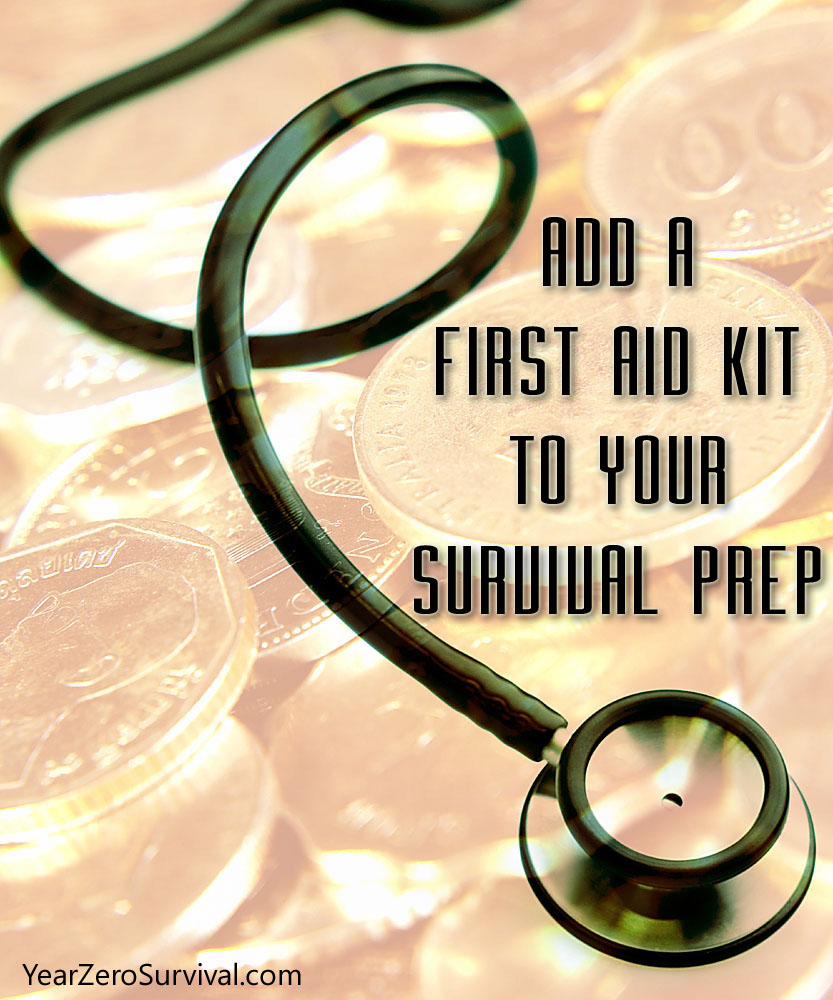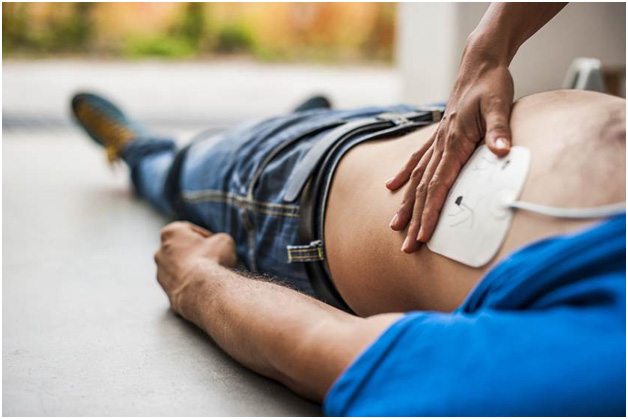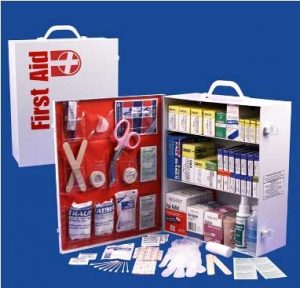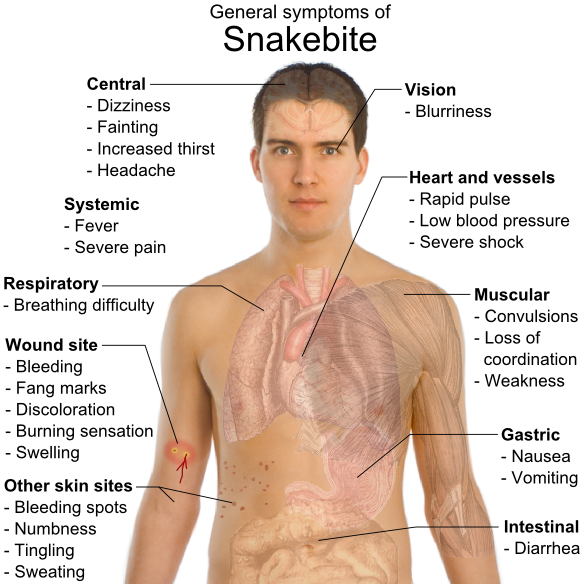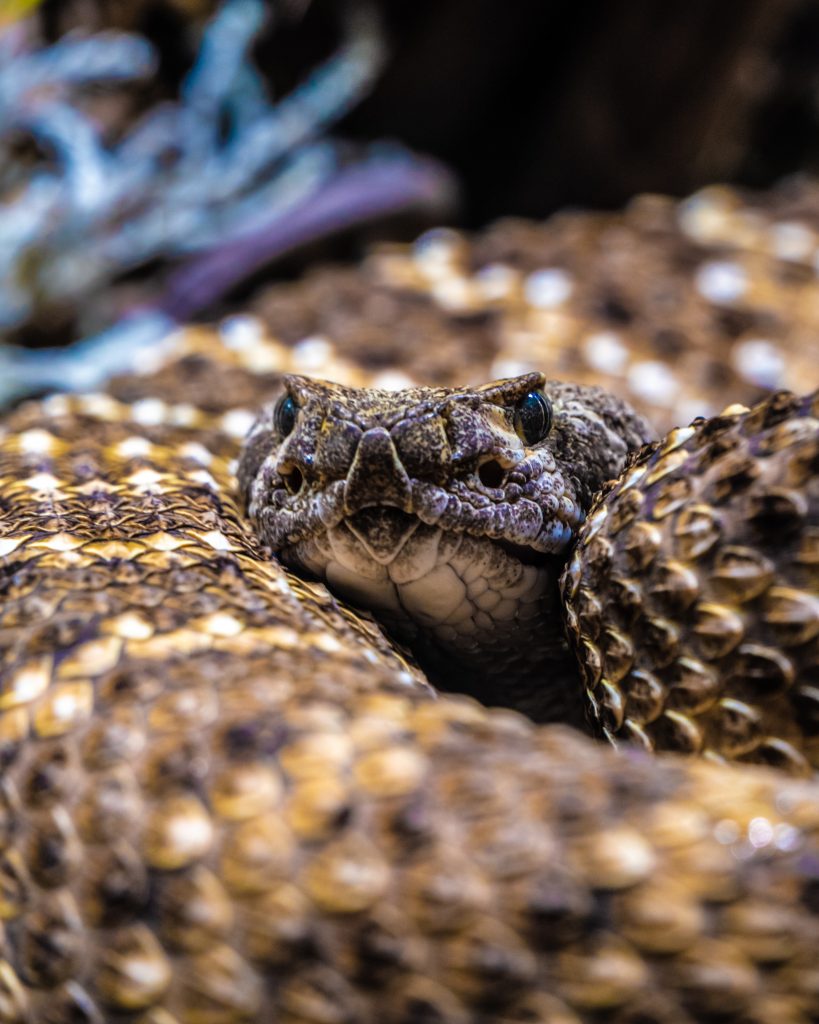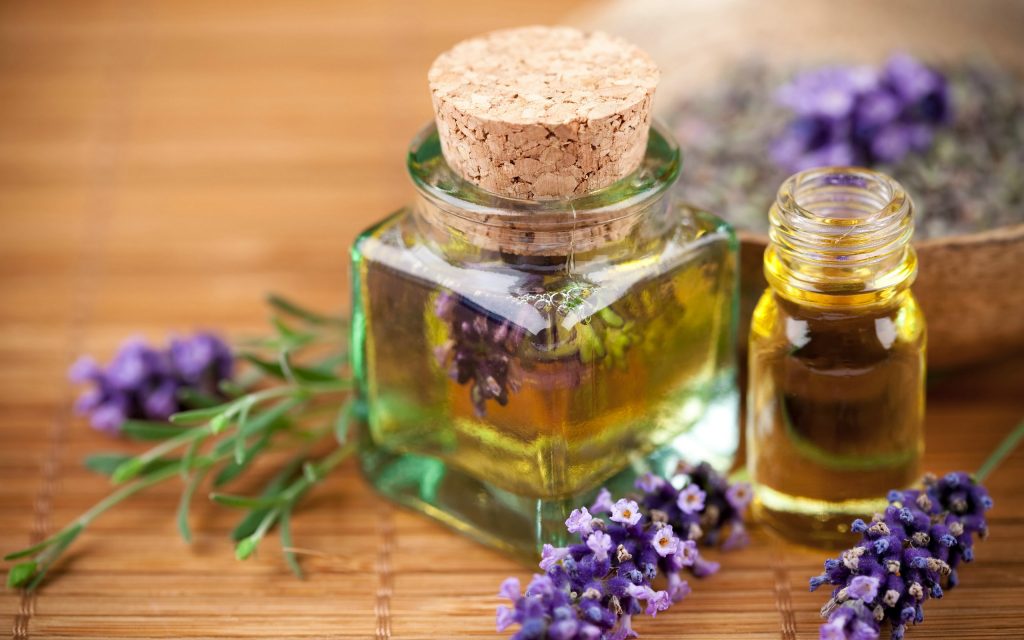
Health trends do come and go, but the use of essential oils is used extensively and reliably in medicine for many thousands of years. Essential oil therapy or aromatherapy can be recognized as the medicinal utilization of naturally mined plant aromas for promoting emotional and physical well-being. The use of aromatic plant extracts is very old as they are highly used for soothing skins, treating burns, relaxing your mind, and also lessening stress. Essential oils for babies who are older than three months are highly helpful in calming anxiety, encouraging sleep, and even relieving signs of colic.
However, before you apply these oils on babies, you must have a detailed understanding of the application processes as well as appropriate dilution ratios. As essential oils are hugely available, it becomes very important to go through the product levels well for ensuring that you have been using nothing short of unadulterated, genuine, and pure essential oils. When an essential oil gets premixed with alcohol, then it turns irritating. This is why; you should avert artificial fragrances that are entirely different from an essential oil as these synthetic fragrances can turn harmful to your health and can be irritating too on your skin.
Some useful essential oils for babies
Chamomile – These essential oils are gentle and help babies in having a sound sleep. Chamomile is equipped with natural comforting effects and it is used for treating insomnia in babies as well as adults. When you use chamomile along with lavender, then it will be able to soothe the signs of colic.
Distilled lemon – This is capable of helping mood and energy levels and it is also excellent for a post-nap wakeup call. People prefer distilled lemon as it doesn’t result in skin irritation.
Dill – Dill’s oil is antispasmodic and calming and it helps in soothing indigestion. For using this oil, dilute it in a ratio of a drop/teaspoon of carrier oil. After this, you can apply it on your baby’s skin.
Eucalyptus – Eucalyptus happens to be a natural expectorant which can help in unclogging respiratory congestion. Due to this reason, eucalyptus is preferred during the winter months.
Lavender – Lavender has numerous sedative and calming effects. An oil massage of lavender is helpful in relaxing a fussy baby besides encouraging his sleep.Again, you can use lavender on insect bites for lessening itchiness.
Tea tree – Tea tree happens to be an antifungal, antimicrobial, and disinfectant. When you add some drops of this oil to unscented oil, it will help in lessening fungal infections and diaper rash.
Safety rules regarding essential oils
It is highly important to select essential oils which are absolutely safe for babies and for the safety of these oils you have to follow some rules like:
- Store essential oils in a dry and safe place.
- Don’t allow direct sunlight to fall on the essential oil and use within date.
- You must follow the correct instructions.
As with everything else, you must have a consultation with a medical professional regarding baby essential oils which would be ideal for use on your baby. You must be particularly careful if your child suffers from breathing problems or asthma.

